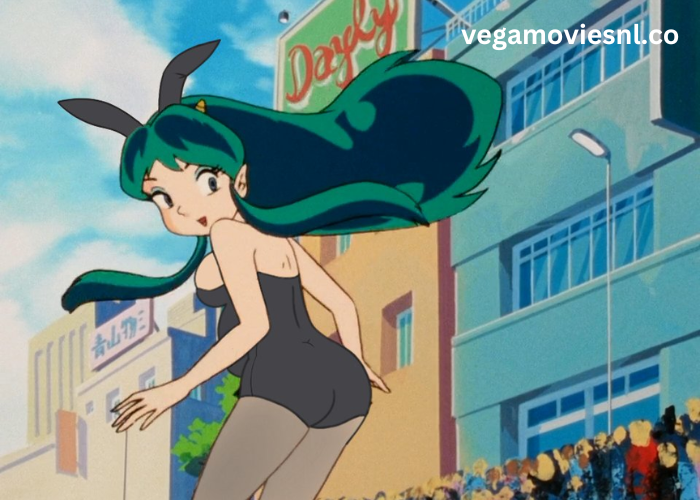Hentai, a genre of Japanese manga and anime that depicts explicit sexual content, is often relegated to the shadows of popular culture. However, it is a multifaceted genre that intertwines artistry, narrative complexity, and cultural significance. “Eclipsed Pleasures: Unveiling the Art of Hentai” seeks to illuminate the often misunderstood and underappreciated dimensions of this unique art form. Explore a wide range of high-quality hentai content on Hentai3z. Enjoy a variety of genres and categories to satisfy your desires.
Historical Context and Evolution
The roots of hentai can be traced back to Japan’s Edo period (1603-1868), where erotic art known as shunga was popular. Shunga, created by renowned artists such as Hokusai, depicted explicit scenes with a blend of humor, fantasy, and everyday life. These works were not only a source of entertainment but also a reflection of societal attitudes towards sexuality.
In the 20th century, with the advent of modern manga and anime, erotic content evolved into what we now recognize as hentai. The term “hentai” itself, meaning “pervert” or “perversion” in Japanese, originally referred to anything considered abnormal or deviant. Over time, it has come to specifically denote erotic manga and anime. This evolution reflects broader shifts in societal norms, technological advancements, and the global dissemination of Japanese pop culture.
Artistic Expression and Narrative Complexity
At its core, hentai is a form of artistic expression. Like any genre of manga or anime, it encompasses a wide range of styles, from highly detailed and realistic illustrations to more abstract and fantastical renderings. The artistry involved in creating hentai requires a deep understanding of anatomy, perspective, and composition. Many hentai artists, or mangaka, are skilled professionals who invest significant effort into their work, striving to balance eroticism with aesthetics.
Narratively, hentai is as diverse as its visual styles. While some works focus on straightforward sexual escapades, others weave intricate plots that explore themes of power, consent, fantasy, and identity. For instance, genres within hentai, such as yaoi (male/male relationships) and yuri (female/female relationships), often delve into the emotional and psychological aspects of their characters, providing a nuanced portrayal of human sexuality. The diversity of stories in hentai allows it to appeal to a wide audience, each seeking different forms of escapism or connection.
Cultural Significance and Controversy
Hentai occupies a complex position within both Japanese and global cultures. In Japan, it is part of a larger continuum of erotic art and literature, which has long been a component of cultural expression. Internationally, hentai has garnered both fascination and criticism. On one hand, it is appreciated for its unique artistry and storytelling; on the other, it faces backlash for its explicit content and the portrayal of certain controversial themes.
Critics argue that hentai can perpetuate harmful stereotypes and contribute to the objectification of individuals. However, defenders of hentai often point out that it is a fantasy genre, distinct from reality, and can provide a safe space for exploring taboo subjects and personal desires. Furthermore, hentai can serve as a mirror to societal attitudes towards sex, challenging viewers to confront and reconsider their own beliefs.
The Future of Hentai
As digital platforms continue to expand, hentai has found new avenues for distribution and consumption. Online communities, streaming services, and digital manga have made hentai more accessible than ever before, fostering a global fanbase. This increased visibility has also led to greater scrutiny and discussions about the ethical implications of its content.
The future of hentai will likely involve a continued balancing act between artistic freedom and societal responsibility. As with any art form, it will evolve in response to cultural shifts, technological advancements, and the changing tastes of its audience.
Conclusion
“Eclipsed Pleasures: Unveiling the Art of Hentai” aims to shed light on the multifaceted nature of this genre. Hentai is not merely about explicit content; it is a complex interplay of art, narrative, and cultural commentary. By understanding its historical roots, appreciating its artistic endeavors, and engaging in critical discussions about its content, we can gain a more nuanced perspective on this often-misunderstood art form. Through this lens, hentai emerges not just as a genre of erotic entertainment, but as a significant and reflective piece of cultural tapestry.
